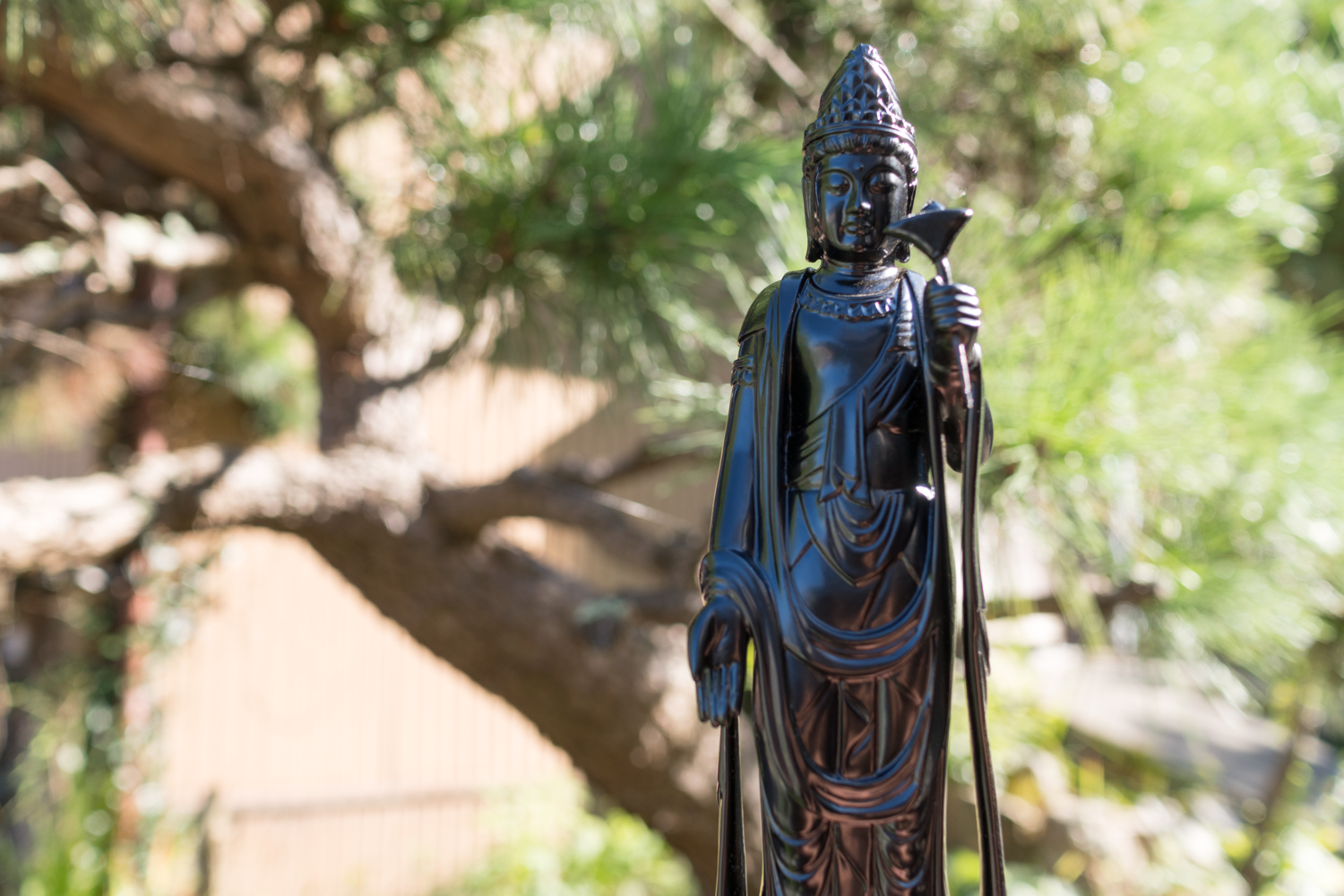
However, it is dried, “lacquer” continues to live inside and becomes translucent. As time goes by, the lacquer gradually becomes more translucent. While being applied many times, lacquer absorbs, disperses, and refracts lights, showing different brightness like a prism.
The more you apply, the thicker the lacquer gets. By adding more layers, the lacquer becomes brighter in color.
Another merit is that different colors are shown by how an artwork is illuminated.


Even an expert on lacquer may not notice or understand the various kinds of beauty that lacquer presents due to its polarized nature or how it is illuminated.
The lacquer continues to live, even an artwork is completed. Since enzyme in lacquer continues to live even if it dries, a chemical reaction occurs inside and color gradually turns amber and translucent. The lacquer is a unique material and a high molecular compound.

For example, in the final stage of the lacquerware, you may apply a design or pattern. Then, you may paint the top with black lacquer. You cannot see the design you made now, but as times go by, the lacquer loses its original color and becomes amber in color. The design under many layers starts to show thinly and then vividly.

Since the enzymes in lacquer continues to live, the “polarized nature” becomes strengthened. The lacquer continues to live after being applied and dried. It maintains mysterious vividness. A lacquer is a “natural creature” that attracts people.
Maybe, because lacquer lives, some people say that to use a lacquerware is nice for your throat when you drink water or take medicine. A sommelier of Japanese sake says, “Lacquerware is different from the normal glass or cup when you taste sake.”
Some compare drinking from a lacquerware to receiving a kiss.
We believe there is “warmth” when you use a lacquerware.
Wouldn’t you like to try a “Shin Shitsu” cup of sake… allowing yourself to feel the warmth of the lacquer?
Also, it is known that lacquer is effective for anti-bacteria and sterilization.




